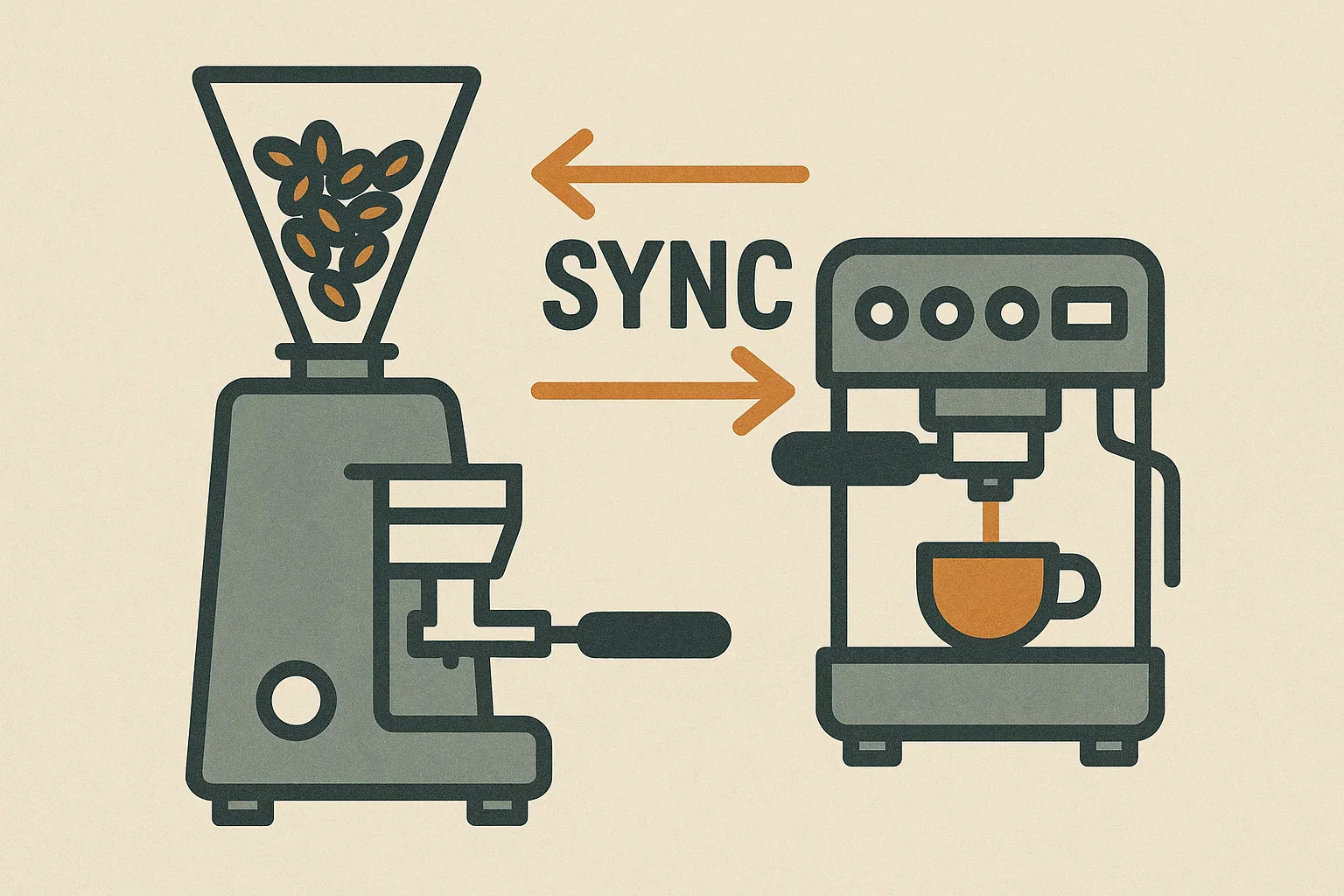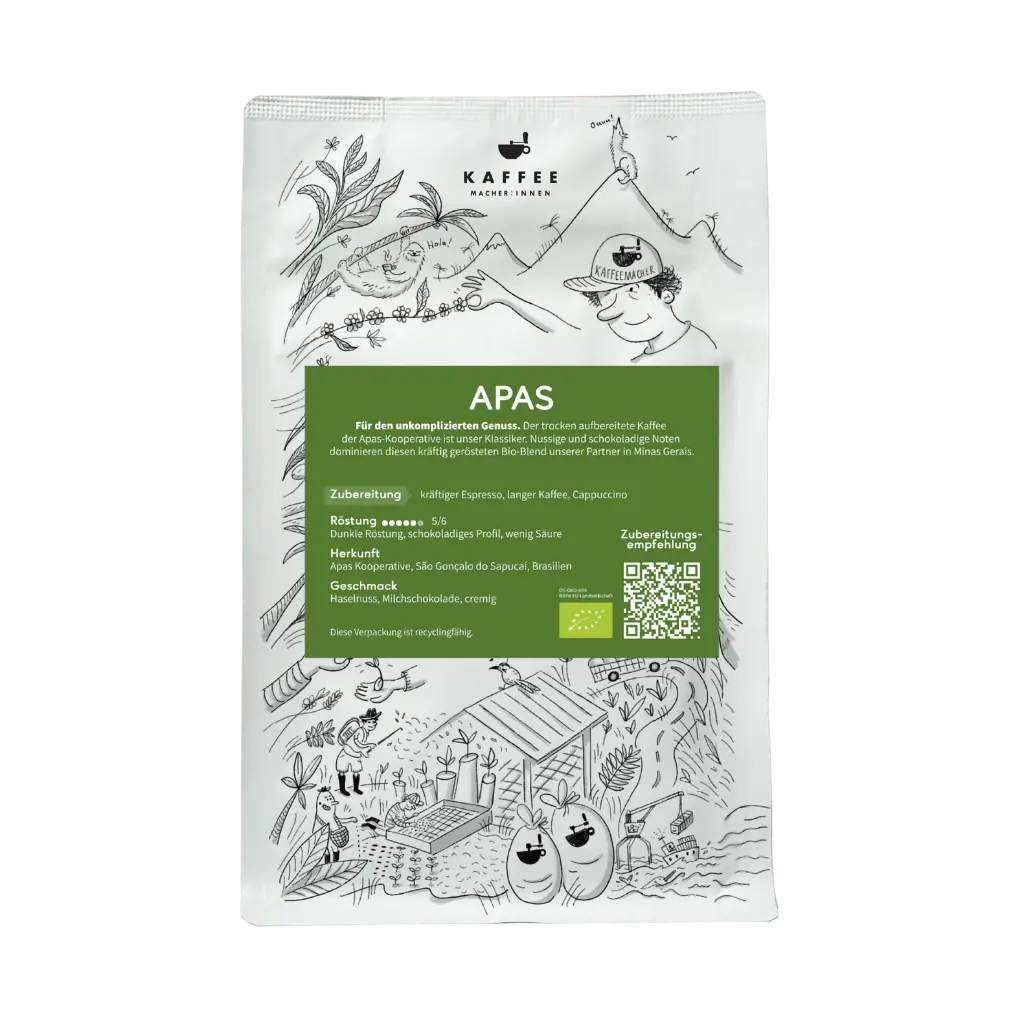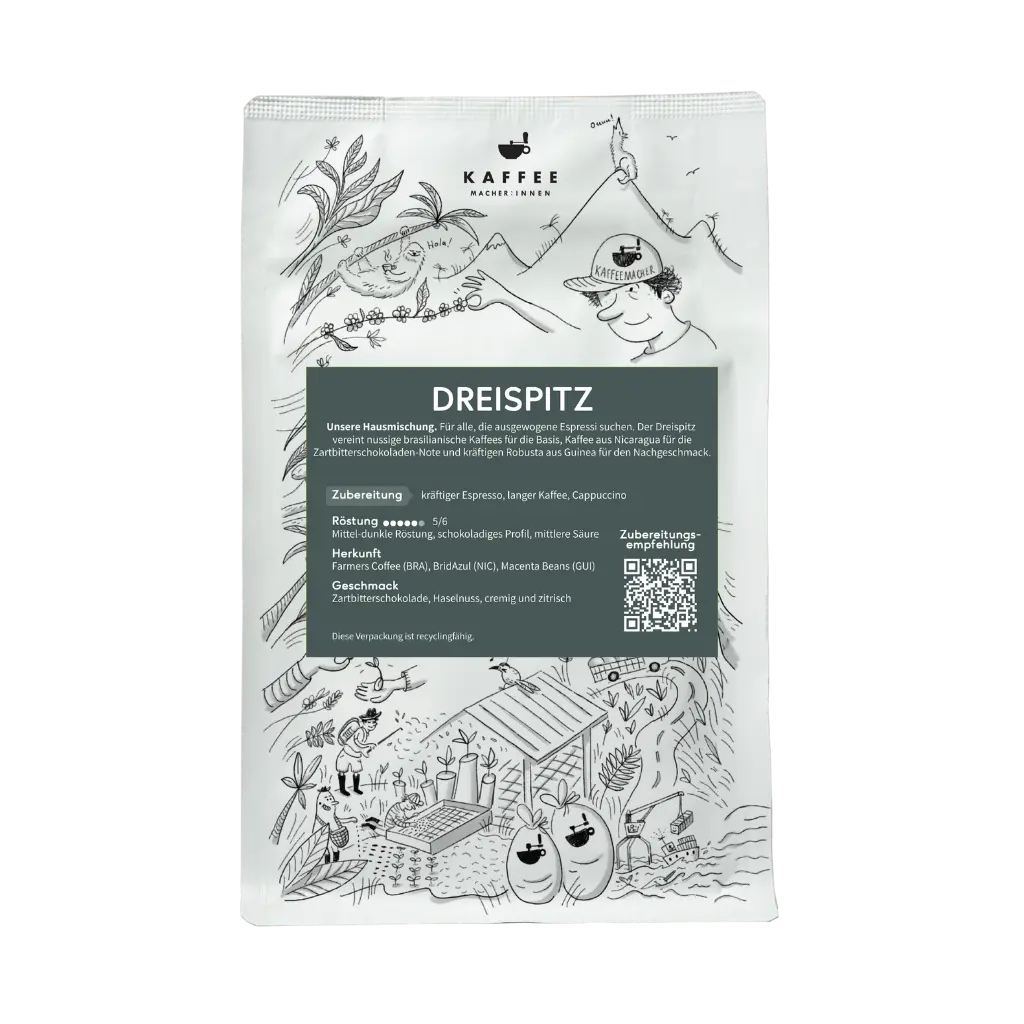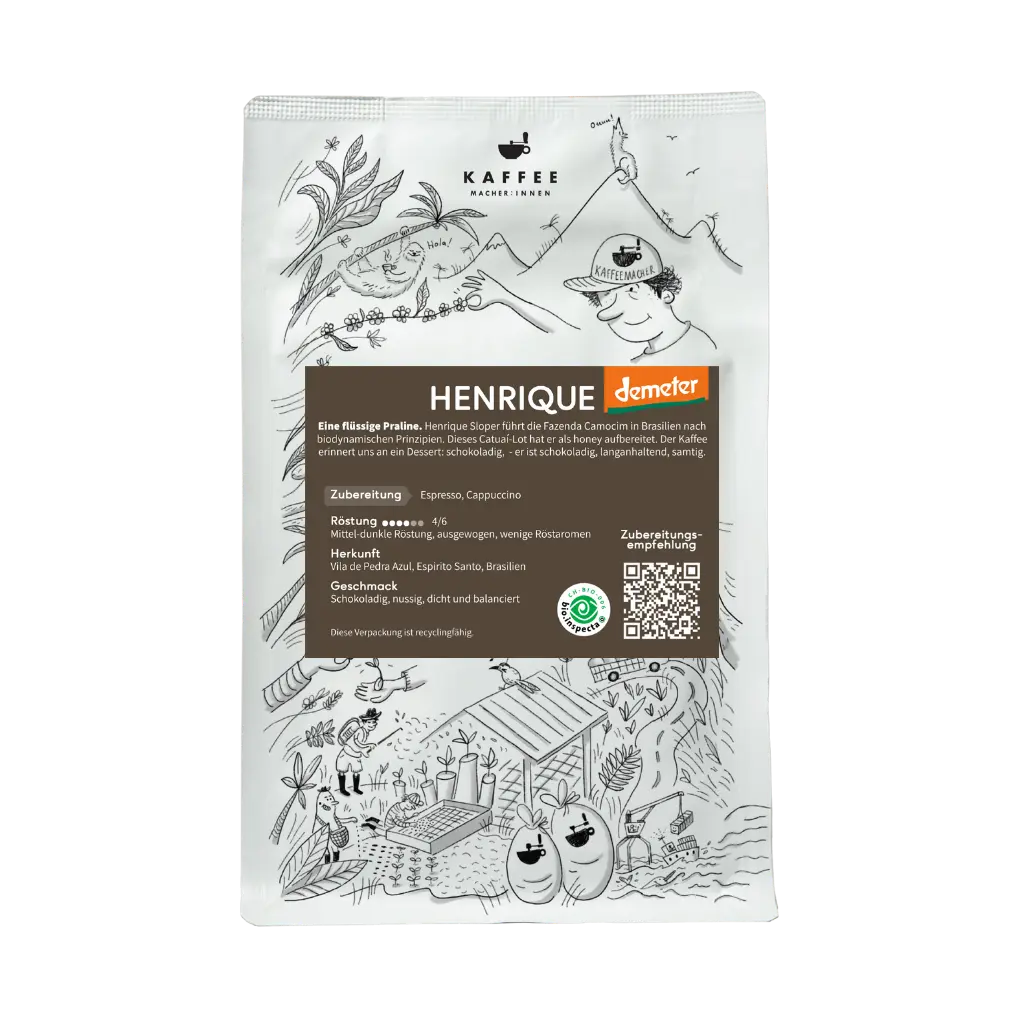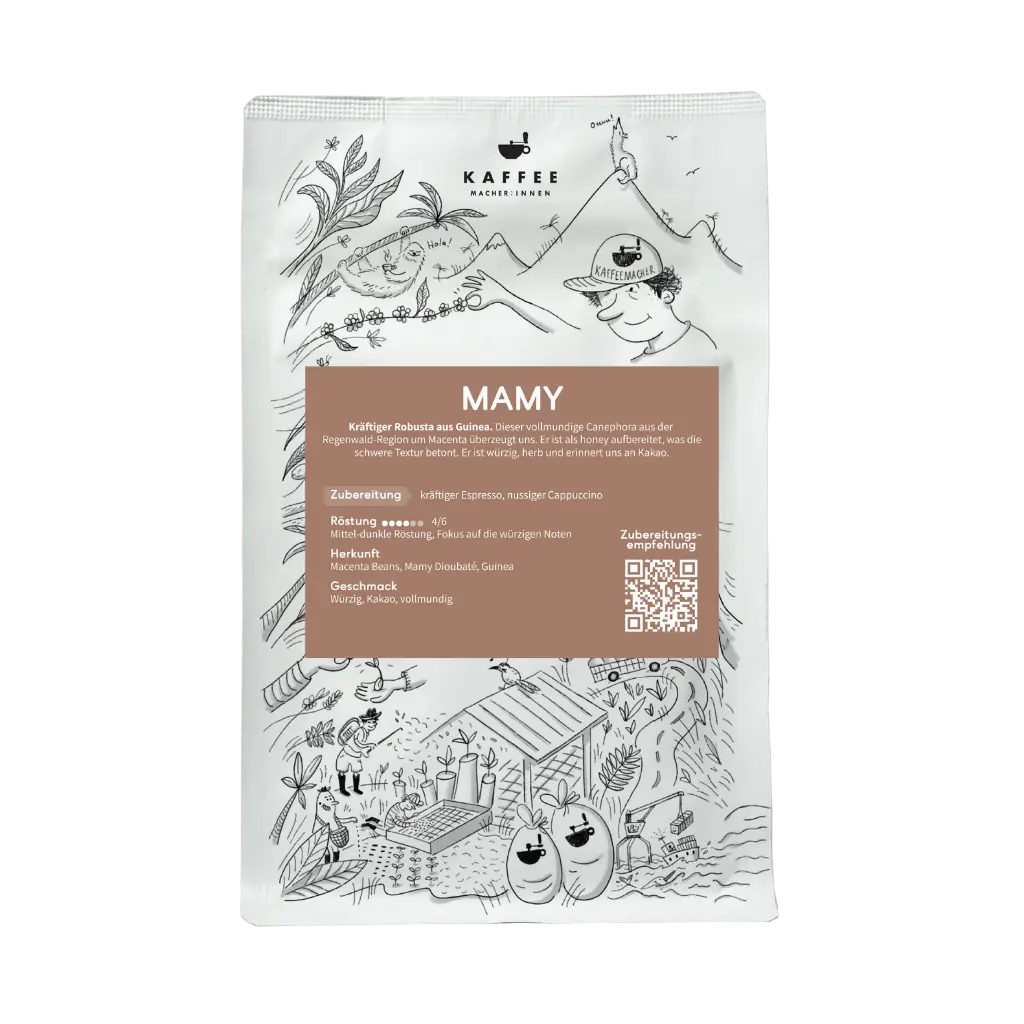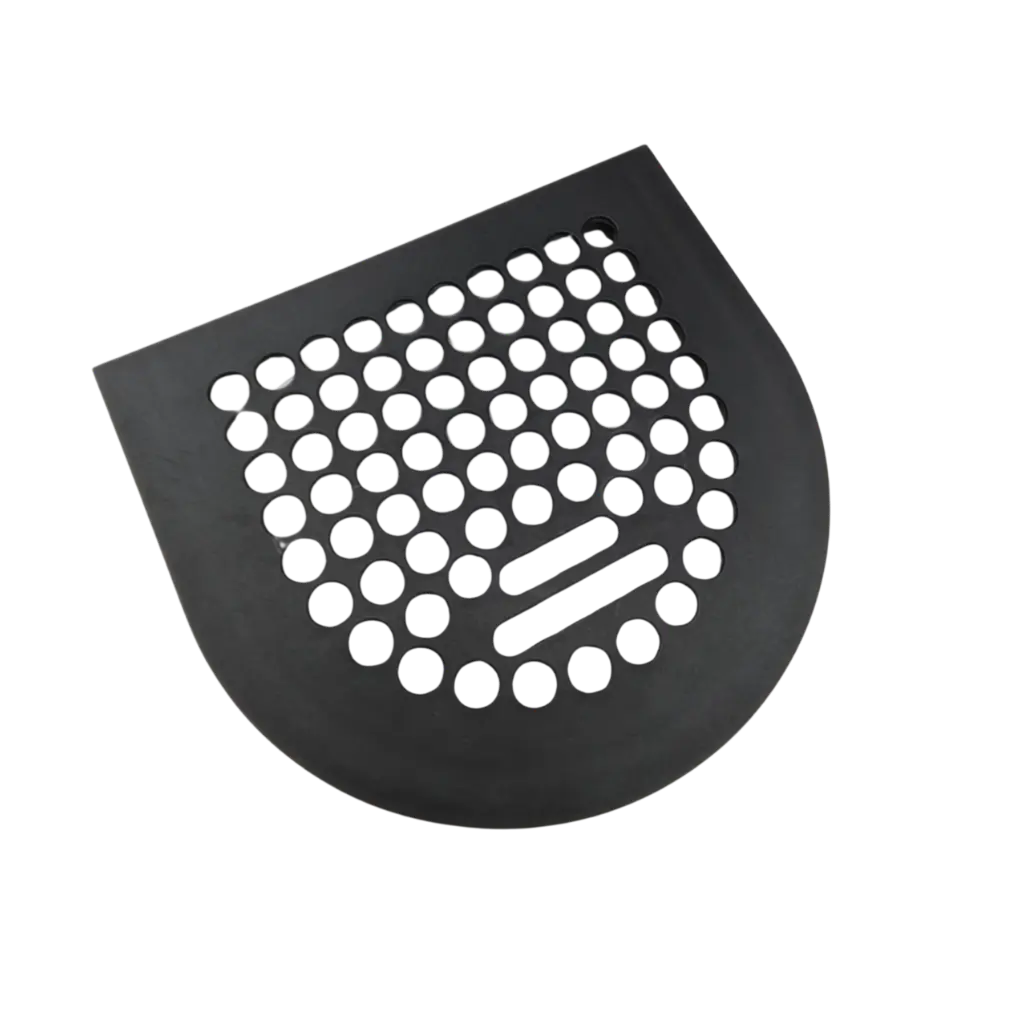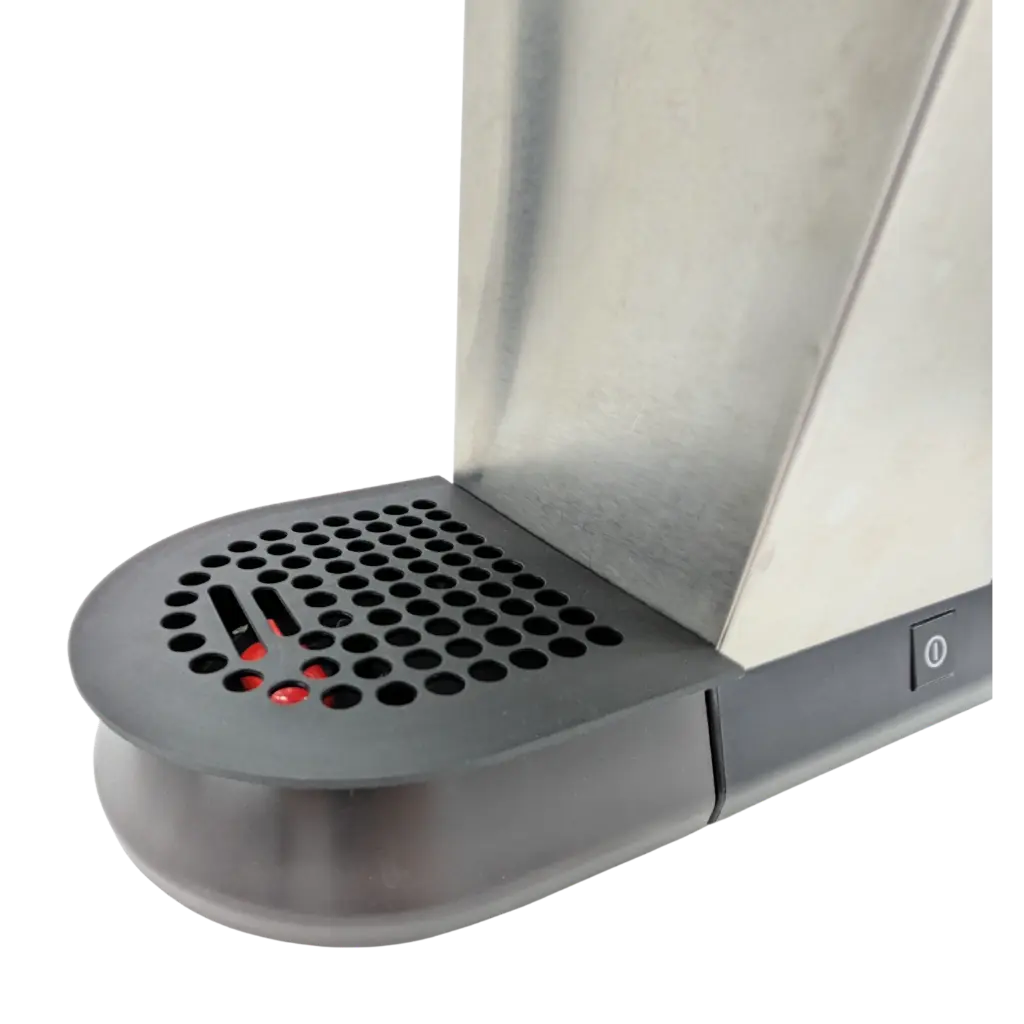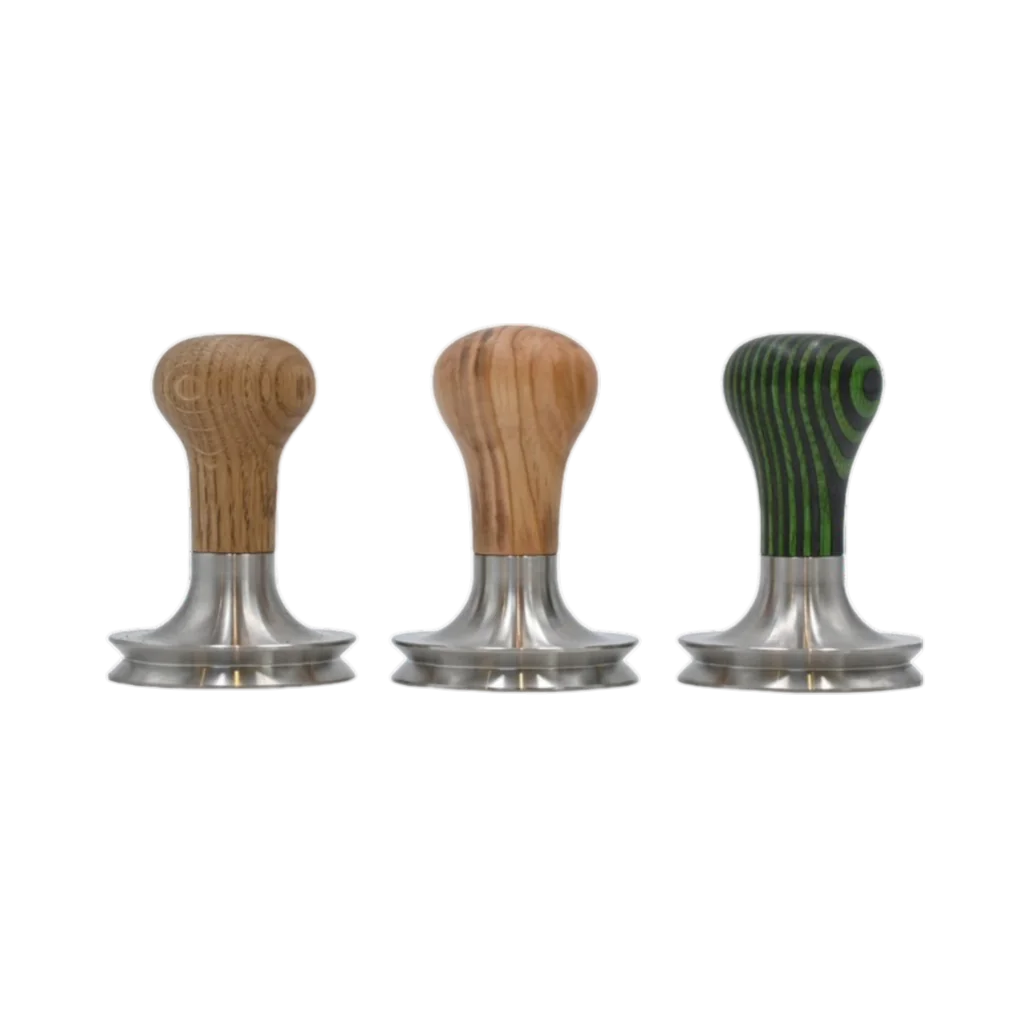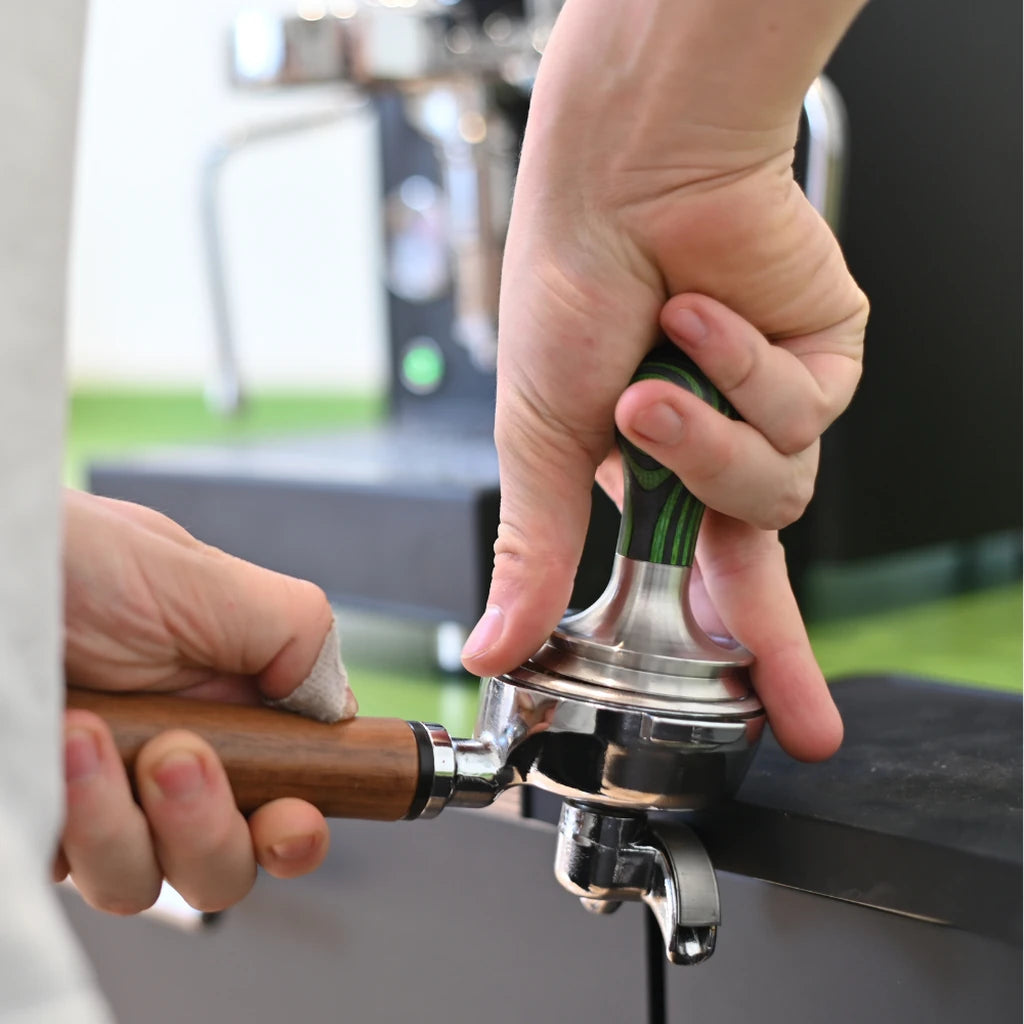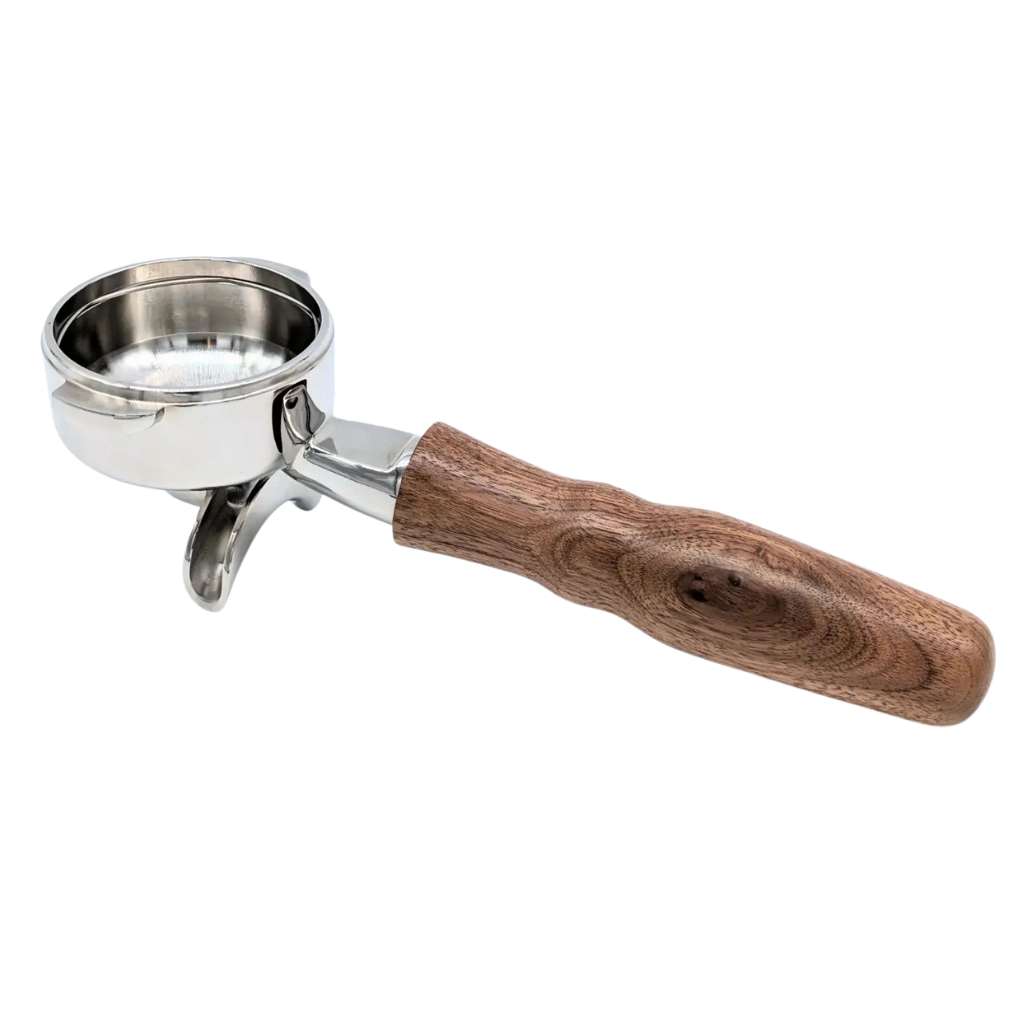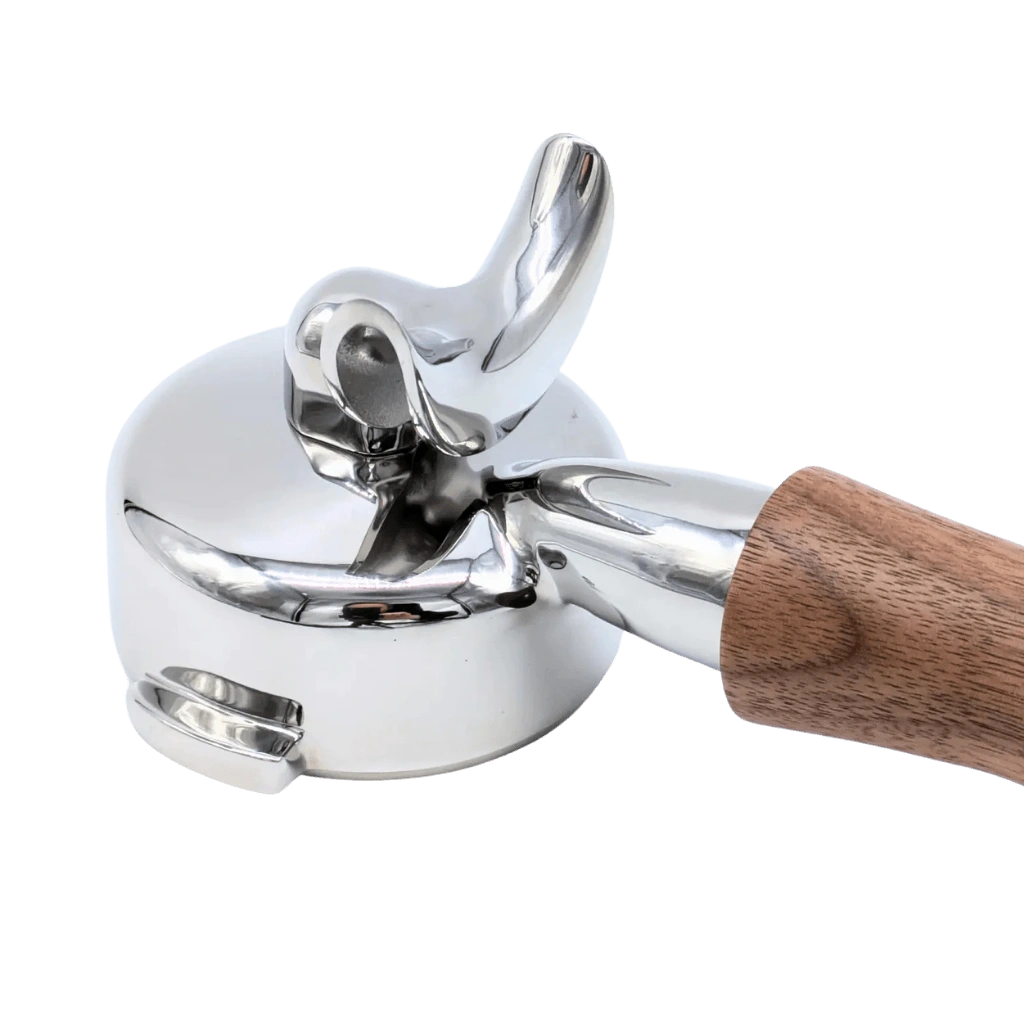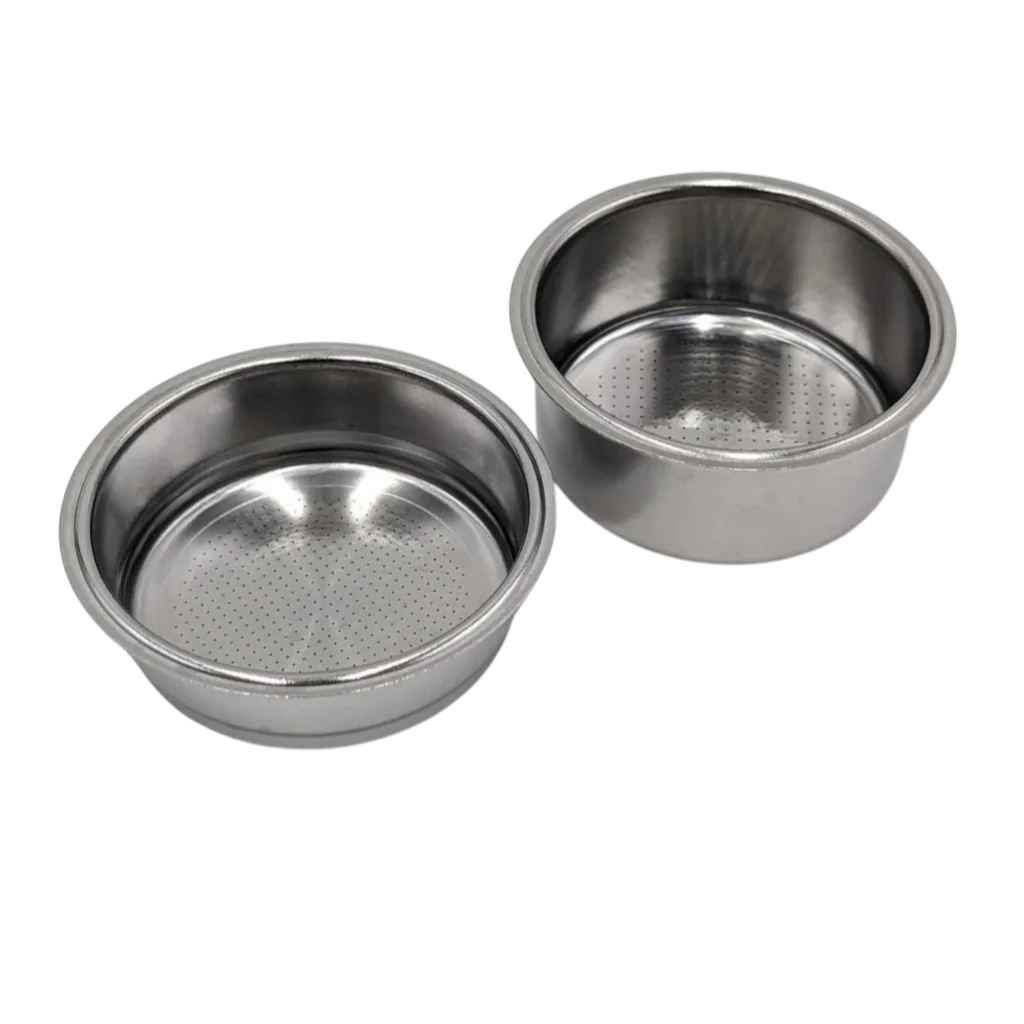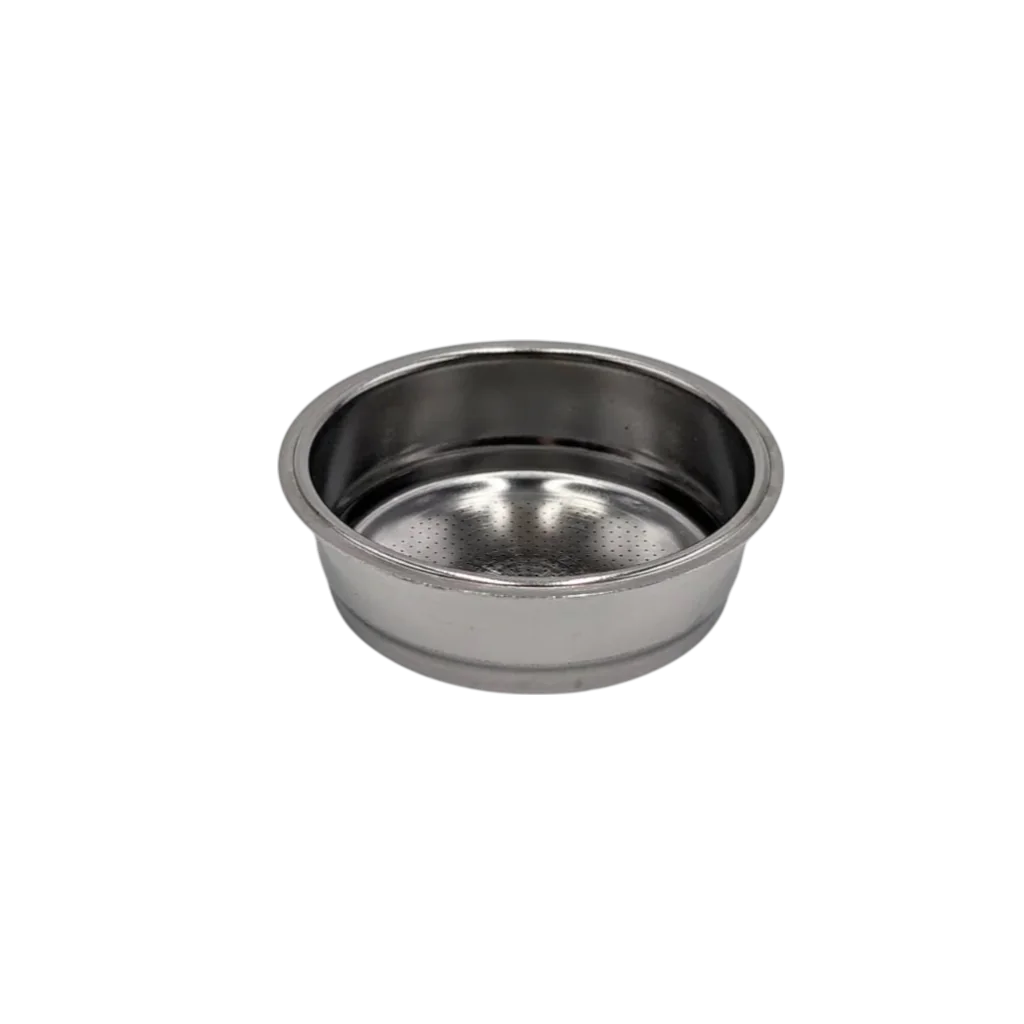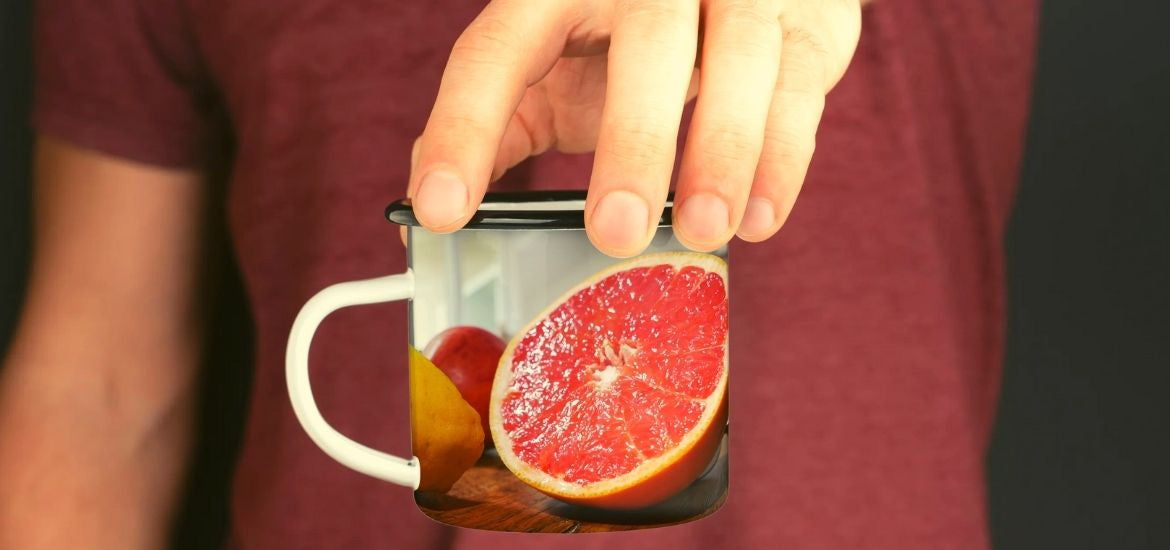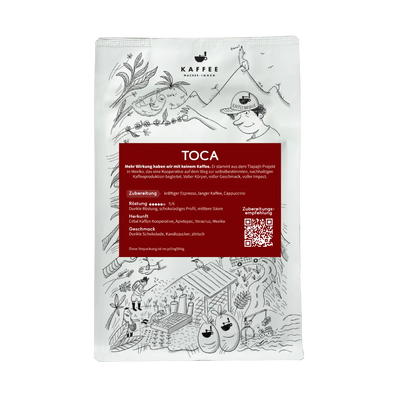Reasons, qualities, differences
Reading time: 7 minutes. This article is a short blog. You can find the detailed blog article here on our Swiss site.
Anyone who has ever drunk coffee on vacation knows this: coffee is prepared differently everywhere and it tastes different in different countries. In Central Europe, dark roasted espresso is considered “real espresso”. On the other hand, in the USA, for example, you can find shops where an under-extracted, light, extremely acidic espresso is often sold and liked by people.
Acid in coffee: is it all a question of perspective?
Taste is acquired. What we find tasty is part of our socialization and our experiences. So whether we like coffee with a high acid content depends largely on whether we are used to acid in coffee or not. An Italian can grimace at a low acid content, whereas a coffee farmer from Nicaragua can hardly make the espresso without acid.
Acid in coffee divides the mind and palate
It is therefore advisable to approach acidic coffees with caution. After a few more acidic espressos, you may notice that low-acid coffees lack the liveliness. It's not about acidity per se, but about the balance and balance between acidity and sweetness. If you still avoid the acid after trying it a few times, at least you'll know that you tried.
Sour or acidic? The pH of coffee
It is worth using English when describing acidity in coffee. “Acidity” in coffee is something desirable, while “sour” is a negative description that we want to avoid in the drink. So-called acids can be detected in different ways in coffee. There are up to 40 different ones.
The term acidity refers to different flavors in coffee. “Sour,” on the other hand, describes the pH value of the coffee.
The pH value is a chemical value that indicates how acidic a liquid is. Coffee is between 4.85 and 5.1. The lower the value, the more acidic the liquid is. Tomato juice has a value of 4, lemonade even has a value of 3. One point on the pH scale makes a difference of x10. Lemonade (pH 3) is 100 times more acidic than coffee (pH 5).
But the perceived differences in acidity in coffee are not really measurable. An acidic roast has the same pH value as a dark, more bitter roast.
What acids do we taste in coffee?
Of the 40 different acids in green coffee, it is primarily chlorogenic acids that affect our drink. They make up 6-7% in Arabica and up to 10% in Robusta. Compared to caffeine (1-2%), they take up a lot of space in our drink.
Some of these chlorogenic acids are changed during roasting and break down into bitter-tasting chlorogenic acid actones, but some of them are also retained. The longer a bean is roasted and the darker it becomes, the fewer acids remain. Below we will give you a closer look at five acids.
- Citric acid: Occurs in all coffee, occurs naturally in the plant's metabolism and tastes like lemon, lime, orange.
- Malic acid: Tastes like apples, pears or rhubarb. Is a little smoother and more balanced than citric acid.
- Phosphoric acid: Is a mineral acid. It's a bit more bitter and sparkling. We often find them in Kenyan coffees.
- Acetic acid: A fruity acid that is only tasty in very small doses.
- Lactic acid: Reminiscent of the acid in quark. Tart, sour and heavy.
Acids become interesting when they appear in combinations. We then speak of complex, multi-layered acids. If the acidity is not accompanied by sweetness, the coffee is usually inferior and simply does not taste delicious. A coffee without any acid tastes flat and empty. Similar to a white wine without acid.
Where does the acid in coffee come from?
Plant and cultivation
The coffee plant grows through what is known as cellular respiration. This also produces the cherries and produces various acids as a by-product. Growing conditions influence the type and amount of acids. The temperature of the growing region is particularly important here. Growing areas further away from the equator produce slower growing coffee plants due to their climatic conditions. These slow-growing coffee plants are more focused on reproduction and produce cherries that are higher in proteins, sugars, fats and also acids. However, the caffeine content of these slower growing plants is lower.
Species and varieties
The acidity in Arabicas is higher than in Robustas. Within these two varieties, there are many subgroups. Parainemas, a hybrid from Honduras, for example, shows significantly more citric acid notes. However, the differences between the various subgroups are rather small and hardly noticeable.
Post-harvest processes
There are differences in the post-processing of coffees. After picking, they are treated in various ways. Depulped, fermented and washed coffees can produce more acid than those dried in the cherry. The storage of the cherries can then influence the proportion of acetic acid. The post-processing of the coffee does not change the amount of acids so much as it adds new flavors to the spectrum of the coffee.

Roast
As already described, higher temperatures and longer roasting times minimize the organic acids in the bean. Acetic acid reaches a short peak during roasting, but, like the other acids, decreases over the course of roasting. Depending on what the roaster wants to achieve, he accentuates the different acids in the coffee through his roasting.
preparation
The factors described above influence the type of acids in coffee. The preparation, however, influences the amount of acids in the coffee. Important parameters for this are the degree of grinding, the brewing temperature, the brewing pressure, the throughput speed and the brewing time.
Water
The hardness of the water can also affect the acidity in the drink. Hard water (with high alkalinity) buffers the acids and the coffee tastes rather bland. If this is the case for you, read our reports on water filtration.
Type of drink: Acid in espresso, filter and fully automatic
It is also crucially important which drink we actually want to drink. Due to the high concentration of dissolved coffee particles, an espresso only forgives a few mistakes. If it's too sour due to the way it's roasted or prepared, it'll take your shoes off. Acidity in filter coffee, on the other hand, can be very pleasant and refreshing because filter coffee has far fewer dissolved coffee particles per milliliter of drink.
In our acidic espresso blends, we only use beans that also have a pronounced sweetness. In this interplay between acidity and sweetness, the acidic components develop their full and delicious effect.
Caution is advised when using acidic coffee in a fully automatic machine. These devices usually brew the coffee below 90°, which further emphasizes the acidity. So if you choose a light roast, you might have a hard time with the fully automatic machine.
We coffee makers like coffees that don't hide their acidity. That's why we work with green coffees that already have this acid. Our challenge is to positively introduce acidity into the drink through sweetness to make it exciting and complex.
However, not everyone likes these light roasts. That's why we also offer classic nutty-chocolaty roasts, such as our APAS or Henrique from Brazil.
We want to take away the bad reputation of acidity in coffee, so we try to describe acidity in coffee as something positive and exciting. However, since we are sure that everyone's taste is different, no one should try to convince others that acid in coffee is only good. Perhaps the old discussions about acidity and bitterness should be replaced by a new way of talking about coffee. For example, acidity could be described through fruit associations. We find tartaric acid in our El Colibri, a Peruvian coffee. If you think of wine, you probably won't try coffee, but if you think of grapes, which are also full of tartaric acids, we get much closer to the problem. So our plea is: move away from the pure acid and bitterness discussion. Coffee is so much more than a more or less acidic drink.
